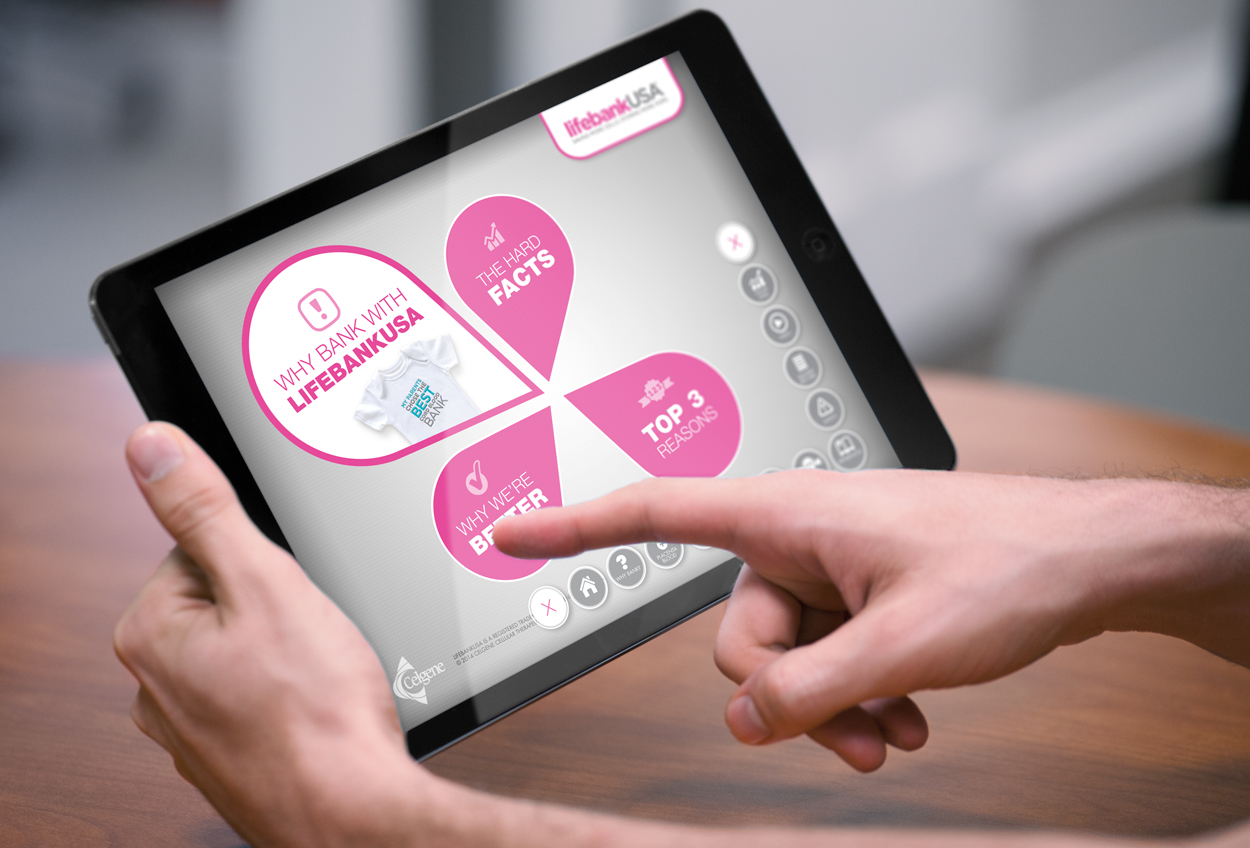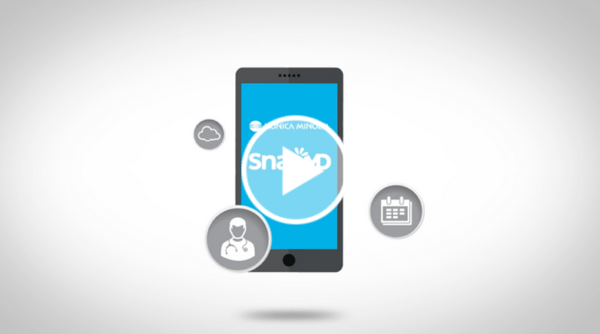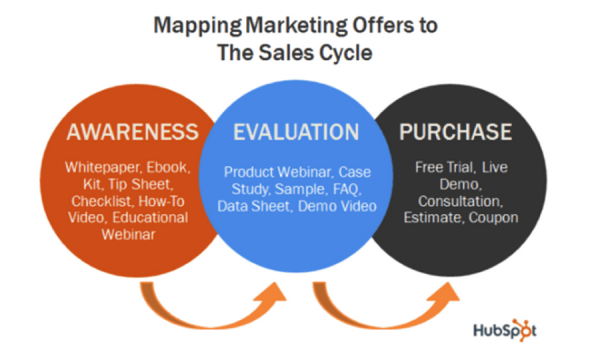Many companies shy away from digital rebranding. Proving ROI from a digital rebranding initiative seems ambiguous, time-consuming, and overwhelming.
In contrast, finding ROI from regular rebranding isn’t difficult; most rebranding initiatives are associated with expanding regions, a new service or product offering, or a shift in brand messaging. A regular rebranding is also more tangible; it involves a new logo, new business cards, and catches the attention of everyone who knows and loves your brand.
How Do You Know It’s Time for Digital Rebranding?
Here are a few considerations to analyze before embarking on a digital rebranding. Can you relate to any of these statements?
- Your website doesn’t look right or perform well on a smartphone.
- Your brand doesn’t have any “brand story” videos on the website or YouTube.
- Your blog doesn’t get much traffic and it’s not updated regularly.
- Your social media accounts are full of self-promoting content.
- You don’t have any education content on your website to help your target audience answer questions.
- You don’t have any “raving fans” on social media; or worse, no one is monitoring social media for brand mentions.
- Your content is designed for a specific type of buyer at one stage of the buyer journey.
- Your product or service is difficult to buy online; website visitors must play hide and seek with your design to find a purchase option.
- There’s no way for customers to contact your brand online outside of email.
- Your online content isn't interactive; there's no video, no downloads, and no click-throughs.
If you can relate to more than half of the statements above, it’s time to begin implementing your digital rebranding strategy.
Mobile Website: More Than Responsive
Most brands have a responsive design on their website, but mobile deserves more time and attention. Use high-quality product photography or custom images instead of stock photos whenever possible. Video for mobile will help your brand gain real, measurable ROI from your efforts.
Product Photography for Mobile
The internationalization of brands and industry consolidation will move a handful of regional brands into the top global brand marketplace (McKinsey & Company). Brand differentiation will win consumers over through unique, distinctive designs, fully visible on mobile image galleries and social media. Especially in the retail sector, investing in high-quality, professional images will separate the top brands from those who don’t make digital a priority.
Capturing the unique characteristics of luxury products requires careful planning, the right equipment and lighting, tabletop robotic arm rigging, and expert retouching. Only then will the images spark emotion in the target audience to like, share, and promote the brand on social media, resulting in higher clicks, shares, and overall engagement numbers.

Video for Mobile
Gone are the days when imagery in print catalogs and magazines drive engagement to a luxury product. In the B2B space, Think with Google says that 42% of researchers use a mobile device during the B2B purchasing process, and video plays a prominent role in their research.
Konica Minolta ventured into digital rebranding with the announcement of a new product, but they wanted to make several points with the video, giving it an “evergreen” value.
They chose to create a storybook-style 2D animation video with character animation and stylized backgrounds, making a high-level B2B software product that is fun and easy to share.
Customer-Centric Messaging
Many companies use their digital presence to promote and define their brand, but savvy digital marketers are creating content and assets with customer-centric messaging.
Be sure to cover these key areas in your digital rebranding initiative:
Build Trust
In the early days of digital marketing, email marketing was the leading method. Today, email is still a popular way for brands to connect with customers, but the most successful companies use digital to build trust with prospects and customers before implementing their email campaigns.
Your brand can build trust online by implementing all of the following “trust footprints.”
- Create a Reviews or Testimonial page. Aim for authenticity; use a customer photo, full name, or social media handle whenever possible.
- Create a customer service handle just for Twitter and make sure it’s staffed 24/7.
- Nurture credibility by getting more reviews. Implement a follow-up method for customers who send in a compliment or write a review online and point them to review pages that matter, like Yelp, Google Reviews, and Facebook.
- Set up brand monitoring and respond to brand mentions whenever possible. Whether the mention is good or bad, your team can build trust by responding to comments online.
Content for the Buyer Journey
HubSpot defines the buyer’s journey as the active process buyers go through to become aware of, evaluate, and purchase a new product or service.
Buyer journey maps are very popular for paid digital advertising campaigns. Creating content for the buyer journey on a website may seem overwhelming at first, but there are many marketing resources available to help get you started.
HubSpot offers a simple image to break it down into three distinct phases:
Awareness
When creating content within the context of a digital rebranding, it’s possible that your website already has content for the Awareness stage, but it’s not in the right section or easy to find from the home page.
Also known as the Interest stage, buyers are learning about solutions to their problem or issue, and they’re looking for answers. Instapage gives good examples of “top-funnel” content:
- Tip sheets
- eBooks
- Gated resources
- Guides
- Squeeze pages (aka email sign-up offers)
Once you identify existing content that falls into the awareness stage, create click-through options on the top landing pages of your website. You can find this information in Google Analytics by implementing Behavior Flow Reports.
Evaluation
In this stage, prospects are comparing your solutions, services, or products with your competitors. Not only are they learning about your brand, they’re also comparing you against top competitors, and they’re doing all of their research online.
If you’ve already implemented a Reviews strategy, make a list of the top FAQ that new prospects have when they’re evaluating your product or service. Can they get these answers from your website? How easy are the answers to find? Concentrate on helping potential customers solve their pain points and make that content clearly visible on your website.
The most effective types of content for the evaluation stage are:
- FAQ pages
- Demo or animated videos
- Comparison charts
- Products
- Case studies
If you need to create more content for this stage, don’t throw darts at the wall. Publish one type of content from the examples listed above and monitor the page traffic and performance for 45-60 days. Review page visits and conversion data in Google Analytics, and create more content that drives the most traffic and the most conversions.
Purchase
Also known as the Decision stage, this is the stage where the rubber meets the road. If the buyer is ready to make a purchase or schedule a consultation, you’ve got to make the process as easy as possible online.
If you are part of a luxury brand, you may be hesitant to make it easy for buyers to purchase online, or perhaps you don’t want to cut out distributors. While this strategy may have worked for a while, globalization is shifting this strategy.
A New York Times article states: “Worldwide, luxury consumers are increasingly emerging from a class that is accumulating wealth at a younger age than their parents or grandparents did. These consumers, now in their 30s and 40s, have grown up with the Internet and mobile technology and are accustomed to using digital tools and social networks to educate themselves about brands, which in turn allow brands to establish emotional connections with them.”
Creating content for this stage can be difficult for luxury brands. Coupons, free trials, or contests don’t always fit into the brand image or style. Whichever content you choose, make sure it’s represented by incredible photography and video. If you sell a service, video consultations are a creative option.
Loyalty Content
One of the most overlooked stages of the buyer journey is customer loyalty. If a client or customer has already purchased from you, they trust you. If they need a similar or upgraded service or product in the future, what type of incentive content will draw them back?
Your company most likely creates loyalty content in the form of emails and print mailers. Transferring this same strategy to digital isn’t difficult; simply create the landing pages and make them accessible through other parts of the website and promote them on social media. Look at other brands in your space; what types of interactive content will draw your customers back to your social channels and website on a regular basis?
.png?width=250&height=153&name=CSI-OverskiesRebrand_LOGO-01(smaller).png)

.png?width=100&height=61&name=CSI-OverskiesRebrand_LOGO-01(smaller).png)




.png?width=88&name=CSI-OverskiesRebrand_LOGO-01(smaller).png)



